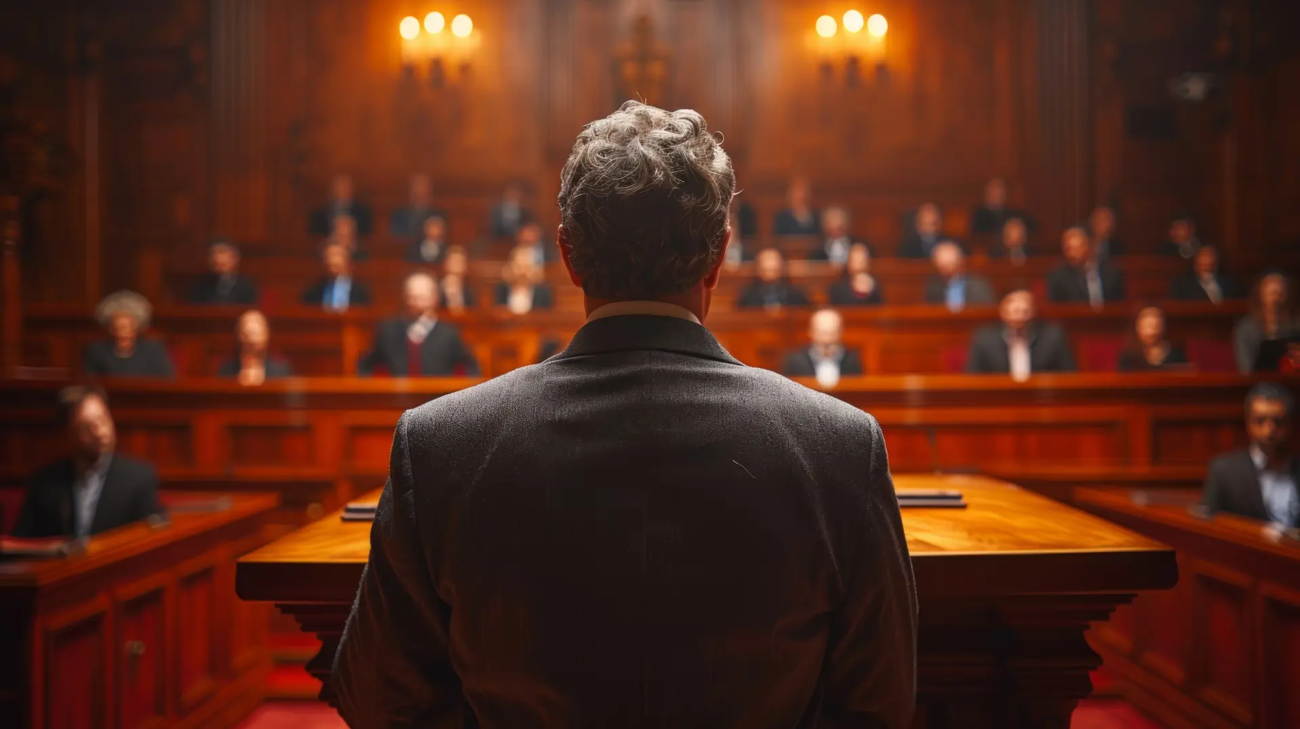Witnesses play a powerful role in shaping the outcome of regulatory trials and courtroom decisions. But their influence isn’t based on just facts, it’s also about how they act, speak, and are perceived. Recent research highlights how confidence, body language, delivery style, and even the setting of testimony can affect whether a witness is believed or dismissed.
This article breaks down what the data says about witness credibility and how it impacts trial outcomes, especially in regulatory hearings.
The Confidence Trap: Not Too High, Not Too Low
Moderate Confidence Wins: A controlled study revealed that moderate levels of confidence were rated the most credible by jurors. Both overly confident and hesitant witnesses were viewed as less trustworthy.
This shows that jurors are sensitive to how sure a witness appears, but extremes can backfire. Appearing too bold may seem fake, while appearing too unsure may signal weakness or dishonesty.
Juror Personality Interacts: Interestingly, jurors themselves bring bias. Those high in extroversion rated witnesses as more credible, showing that personal traits of jurors influence their judgment.
Nonverbal Behavior Matters More Than You Think
Likability and Jury Persuasion: Studies show that knowledge, trustworthiness, and likability are the top drivers of perceived credibility. If a witness appears nervous, harsh, or unprepared, it damages how persuasive they are, no matter how expert their testimony is.
Nonverbal cues matter: Things like genuine smiling, upright posture, and clear vocal tone add to the sense that a witness is telling the truth. However, fake smiles, fidgeting, or dull tone reduce that impression.
These subtle signs often make the difference between being seen as genuine or deceptive, even when the words are technically correct.
Virtual Testimony Reduces Impact
Decreased Credibility on Video: In today’s hybrid legal settings, more witnesses are called through video links. But research shows that video testimony is consistently rated as less credible than in-person appearances.
Mock jurors found in-person witnesses to be “more eloquent, pleasant, and believable.” Even judges admitted that seeing a witness live often changed their opinion on that person’s credibility.
Poor lighting, awkward camera angles, technical delays, or robotic tone all hurt a witness’s impact when testifying virtually.
Content Consistency Isn’t Always a Strength
Corroboration is Key: Regulatory tribunals and courts heavily rely on how well a witness’s story aligns with external proof, such as records, documents, or other testimonies.
But witnesses who seem too polished or offer identical-sounding stories across multiple people are often seen as rehearsed. That makes judges suspicious. Consistency must be natural and supported by hard evidence to have a real effect.
Discrepancies: If a witness’s story contradicts documents, common sense, or earlier statements, it causes major credibility damage. Jurors are quick to spot gaps, and cross-examiners will exploit them.
The Link Between Credibility and Case Outcome
Direct Link to Case Results: There’s strong evidence that how credible a witness appears can directly affect the final ruling. In regulatory hearings especially, the party with the more believable witness often wins.
Even small shifts in tone, posture, or confidence level can sway judges and juries.
False Memory and Confidence Illusions: One study found that when jurors believe memory is unreliable, they’re less likely to convict based solely on witness statements, even expert ones. This creates a credibility gap, especially for cases that rely heavily on recollection.
Outside Influences Cloud Credibility
Media Coverage Can Distort Witness Credibility: In a large survey, 58% of people agreed that media reporting affects the reliability of witness testimony. Pre-trial coverage can lead to bias, against either the witness or the side calling them.
Public perception shaped by headlines, commentary, or social media can shift juror expectations before the trial even begins.
Final Thoughts
Credibility isn’t just about telling the truth. It’s about how that truth is delivered, moderate confidence, likable body language, and live appearance all help a witness connect with jurors and judges.
At the same time, rehearsed stories, technical glitches, or shaky delivery can hurt even the most truthful testimony. Add in personal juror biases, media noise, and assumptions about memory, and the courtroom becomes a place where presentation is as powerful as content.
For attorneys, regulators, and expert witnesses alike, understanding these factors is no longer optional, it’s essential for winning cases in today’s courtroom.



